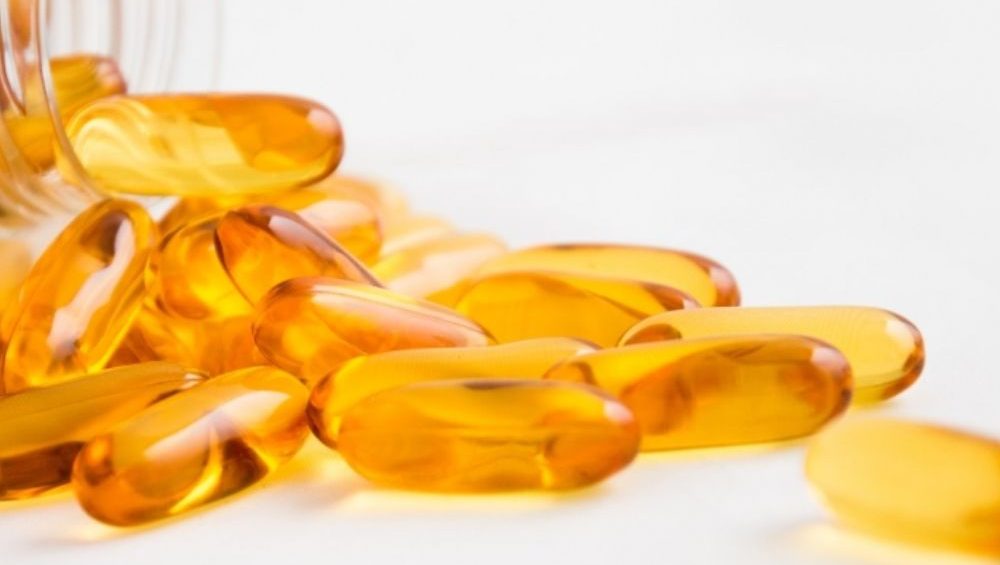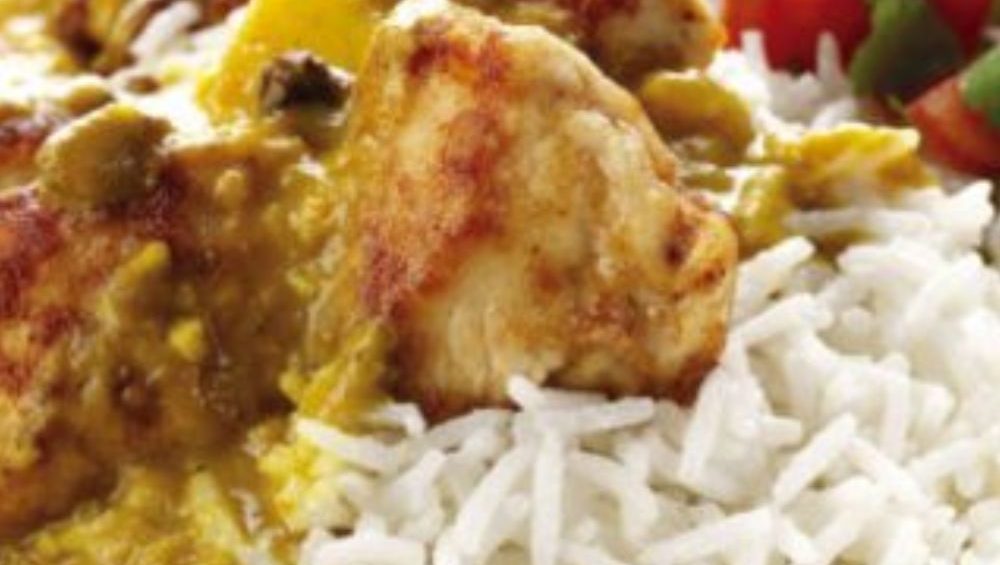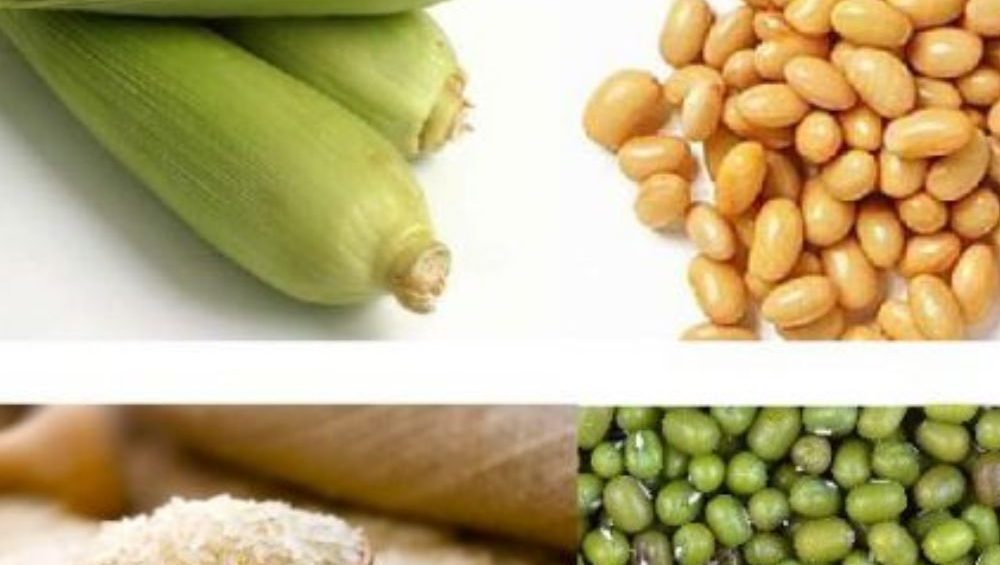Everything to know about “BCAAS”
BCAAs are the essential amino acids leucine, isoleucine and valine, which comprise around 35% of your body’s muscle protein. They’re “essential” because your body doesn’t make them on its own—you have to get them from food and workout supplements. Like other amino acids, they’re the building blocks of protein. But these particular aminos may also help preserve muscle glycogen stores, which fuel your muscles and minimize protein breakdown during exercise.
Leucine plays an important role in muscle protein synthesis, while isoleucine induces glucose uptake into cells. Further research is needed to determine valine’s role in a BCAA supplement.
BCAAs are important to ingest on a daily basis, but many protein sources, such as meat and eggs, already provide BCAAs. Supplementation is unnecessary for people with a sufficiently high protein intake (1-1.5g per kg of bodyweight a day or more).
Why Take BCAAs?
Three of the nine essential amino acids are called branched-chain amino acids (BCAAs). These are leucine, isoleucine and valine. They account for approximately 35% of essential amino acids in muscle proteins.
BCAAs can be oxidised in skeletal muscle, whereas other essential amino acids are catabolised (broken down) mainly in the liver.
Exercise greatly increases energy expenditure and promotes oxidation of BCAAs in the muscles, therefore supplementation can be helpful for those who wish to maintain or increase muscle mass.
The branched-chain amino acid, leucine, is particularly special as it has been shown that when taken orally, it promotes muscle protein-synthesis (creation of muscle protein).
HOW BCAAS HELP YOU KEEP YOUR MUSCLES
Here are the ways branched-chain amino acids can help you stay swole when you’re dieting.
INCREASE PROTEIN SYNTHESIS
Branched-chain amino acids (which are the essential amino acids valine, isoleucine, and leucine) stimulate muscle protein synthesis, potentially more than a normal protein on its own. Protein synthesis is the metabolic process when your body makes new muscle protein, also known as gains.
REDUCE PROTEIN BREAKDOWN
Increased BCAA levels also work in your favor by reducing the rate of protein breakdown. They do this by decreasing the activity of the protein breakdown pathway, and also by decreasing the expression of several complexes involved in protein breakdown. (They decrease the amount of mRNA produced from the gene that codes for these components.)
BCAA Supplementation Reduces Fatigue and Increase Endurance
BCAA Supplementation Increases Lean Mass
BCAA Supplementation May Reduce Soreness
BCAA Supplementation May Reduce Muscle Damage
HAVE BETTER WORKOUTS
Amino acid supplementation could also help you get a more intense workout. Branched-chain amino acids compete with the amino acid tryptophan for entry into the brain, where tryptophan can be converted to the neurotransmitter serotonin.
During exercise, serotonin levels rise and can make you feel more fatigued, meaning you won’t be able to push as hard.
BCAA supplementation reduces the amount of tryptophan that gets through the blood-brain barrier, and therefore reduces the amount of serotonin produced. This might allow you to work harder, longer, and get more gains.
THE DIFFERENCE BETWEEN ESSENTIAL AND NON-ESSENTIAL AMINO ACIDS
Essential amino acids include all the amino acids that cannot be made by the body, including BCAAs. You must get them from protein foods. There are nine essential amino acids: histidine, isoleucine, leucine, lysine, methionine, phenylalanine, tryptophan, and valine. Your body can make non-essential amino acids by itself from vitamins and other amino acids.
BCAA content of foods (grams of amino acids/100 g of protein)
Whey protein isolate 26%
Milk protein 21%
Muscle protein 18%
Soy protein isolate 18%
Wheat protein 15%
BCAA Dosage
BCAA powder can be taken in 5g dosages, 2-4 times daily, whenever needed. Consume pre-workout, during training (the powdered form is available as flavoured or unflavoured), post-workout, or during the day to help with delayed-onset muscle soreness (DOMS). Capsules have different dosage recommendations.















